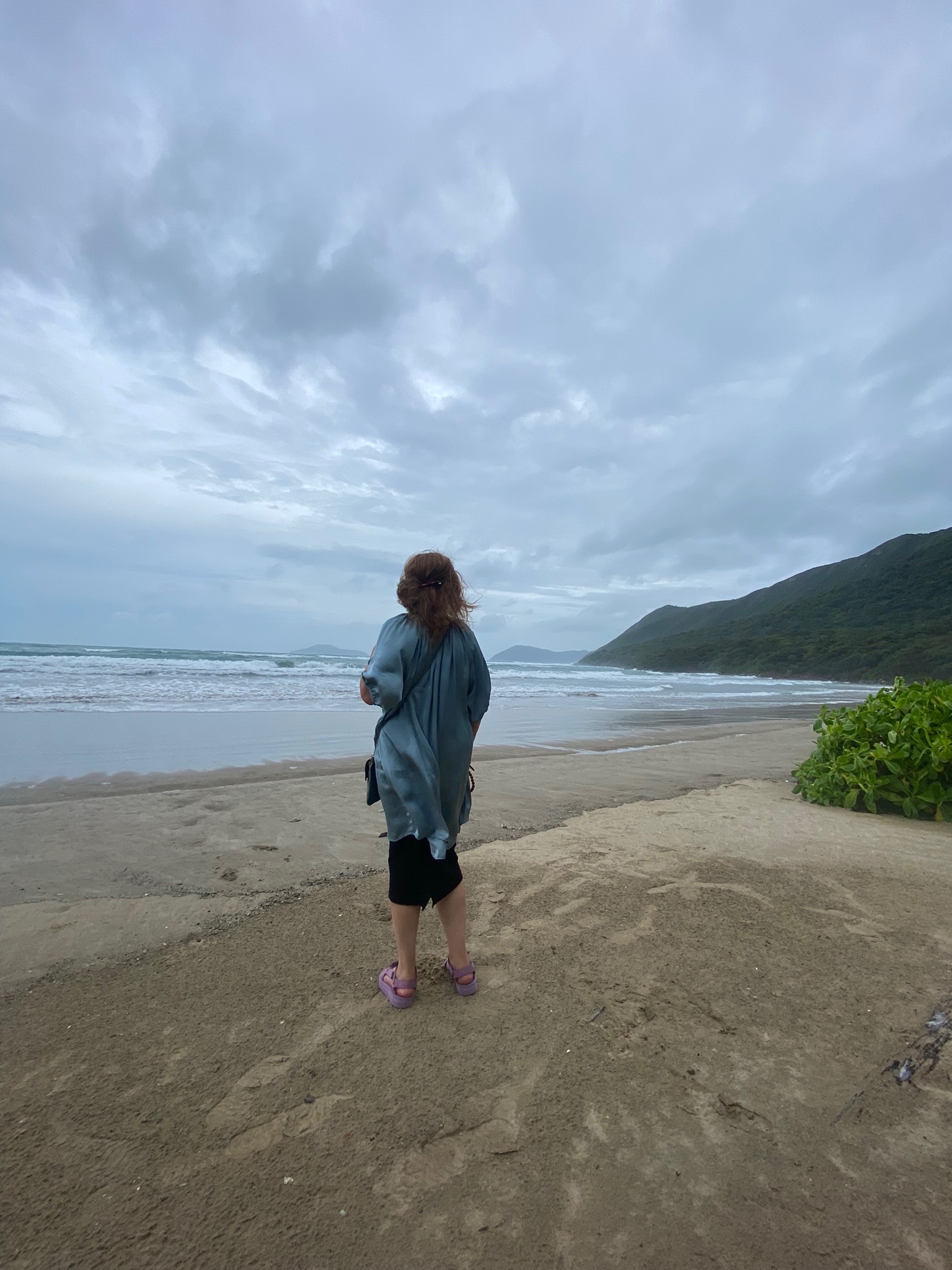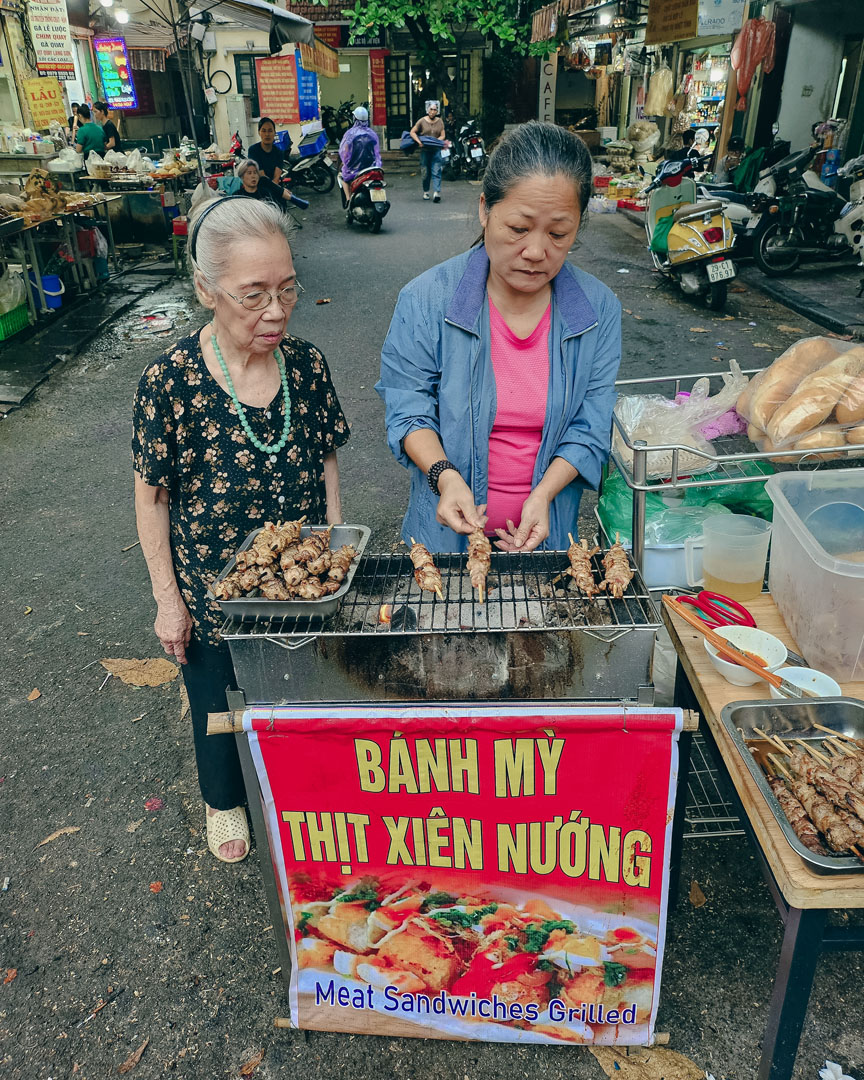The road to Sapa - a photo tour of northern Vietnam's minority heartland

The town of Sapa sits in the shadow of Mt Fansipan, Vietnam's highest peak, and has long been a popular destination for the adventurous traveler in search of spectacular scenery and an introduction to Vietnam's minority cultures.
Until now travel to this mountainous region of northern Vietnam has been something of a challenge, with overnight train journeys to and from the border town of Lao Cai the only practical option. The September 2014 opening of the new Hanoi-Lao Cai Highway, however, more than halves the driving time, meaning an early start from Hanoi could have you strolling through the rice terraces of Sapa by lunchtime. This is one of Vietnam's most scenically dramatic regions, as the images below attest, so this new driving option offers a fantastic opportunity to include Sapa as part of a classic Vietnam vacation.
The region of northern Vietnam around Sapa is also home to many of the country's 54 ethnic minorities, many of whom retain traditional customs and continue to wear the distinctive dress unique to each particular group. These include the Red and Black Dzao (also spelt Dao), the Black and Flower Hmong, the Giay, Pho Lu and Tay people. The slideshow of portraits below was taken by our clients, team members and friends.
Sapa Travel Guide
When to visit: The mountains of the north are at their best in spring and autumn, when the weather is most likely to be favorable and the rice terraces are at their most picturesque during the respective planting and harvesting seasons.
How long to stay: Two nights will allow plenty of time to explore Sapa town, and get out into the surrounding countryside to explore the fantastic rice terraces and meet the locals. A trip to a morning market at one of the more distant villages is highly recommended.
How to get there: The new highway will cut journey times from Hanoi to around 6 hours, approximately half the previous time. Overnight trains will still operate between Hanoi and Lao Cai, the town on the Chinese border closest to Sapa, for those keen on a more romantic journey.
Where to stay: Accommodation in the Sapa region ranges from the delightful resort style of the upmarket Victoria property, through good value town-center hotels such as the Sapa View andChau Long, to characterful local guesthouses and homesstays including the Topas Ecolodge and Namcang Riverside Lodge.
Good for: Outdoor adventure, whether you like to walk, hike or bike among glorious countryside this is the place for you. Longer trekking and biking expeditions can be arranged for the more adventurous.



